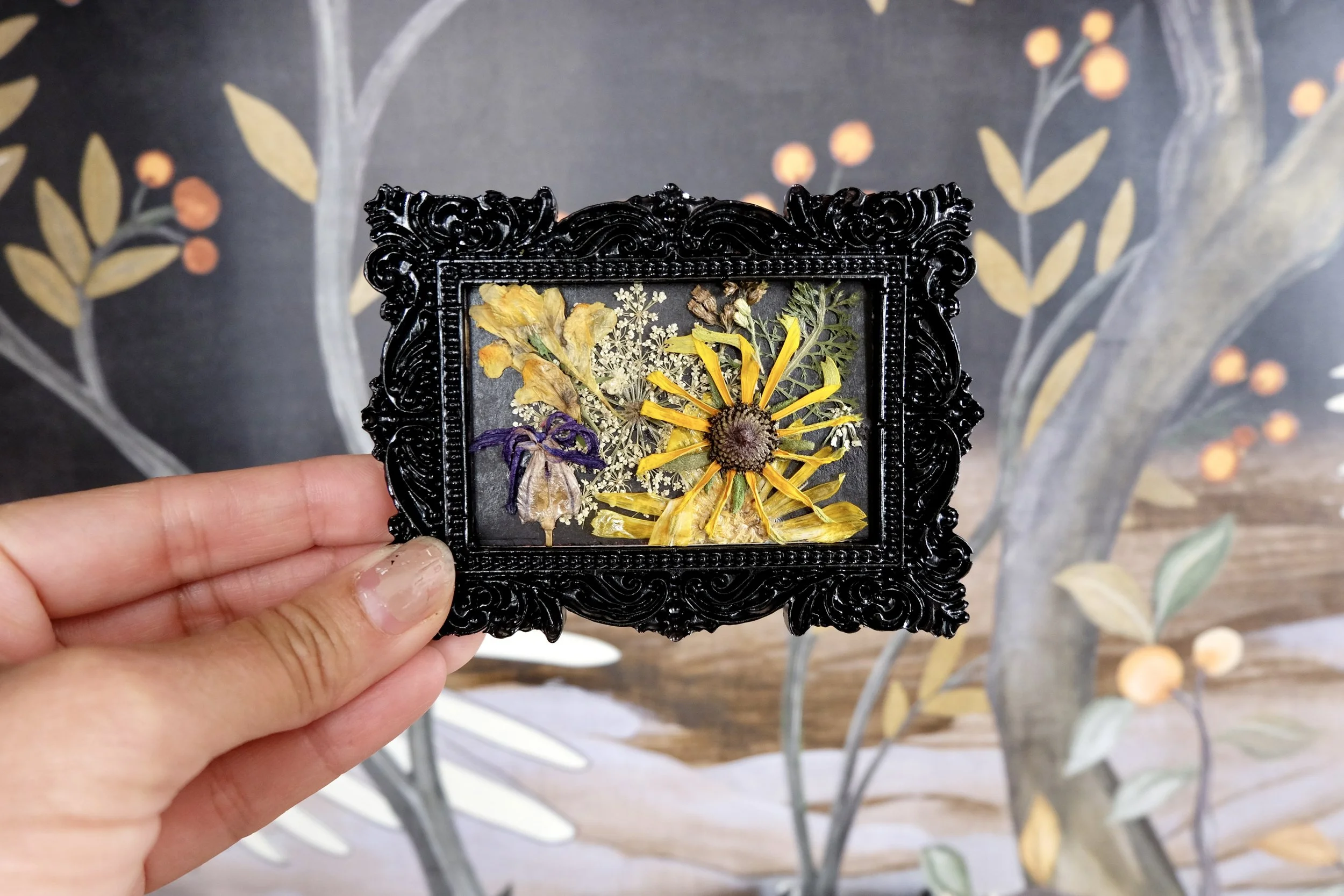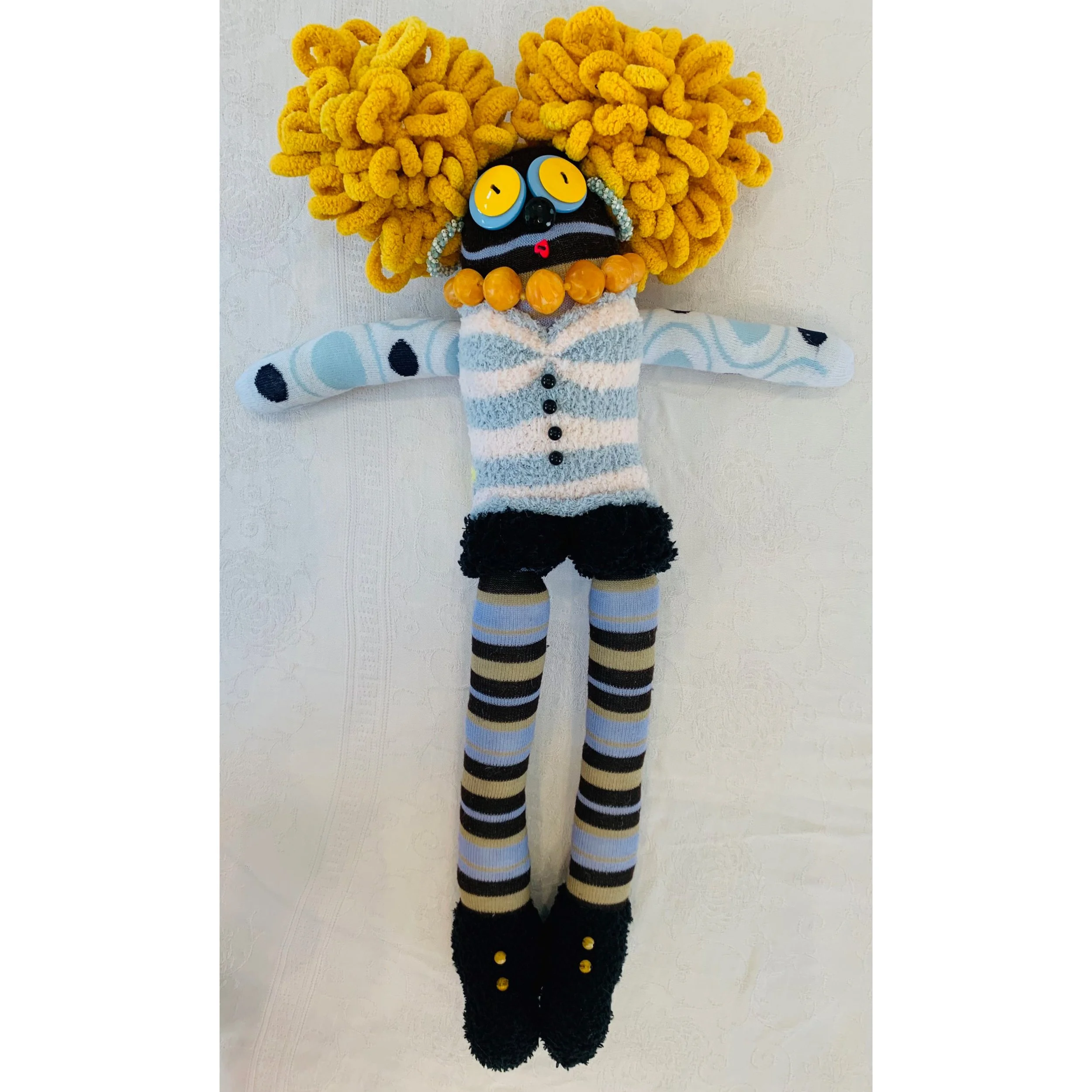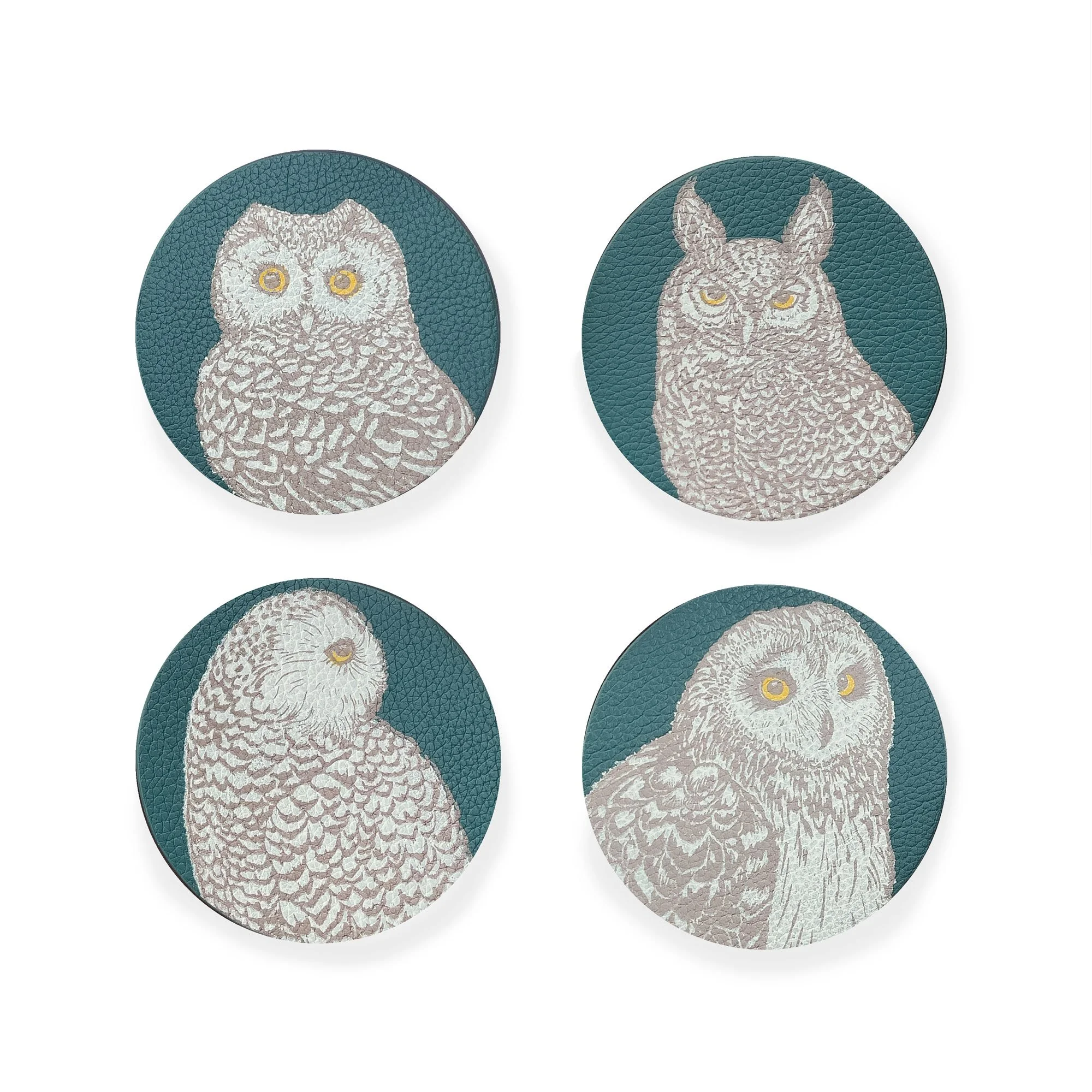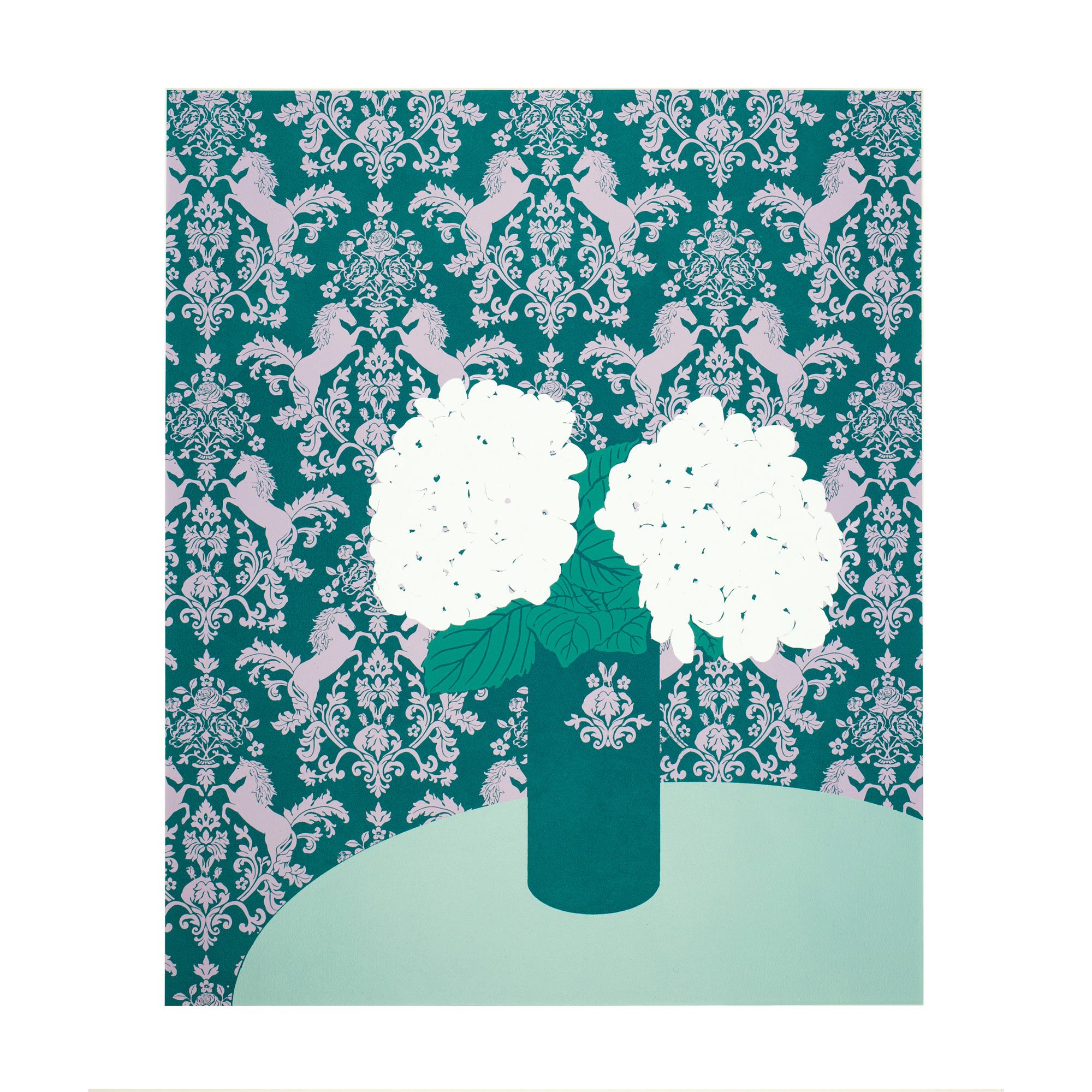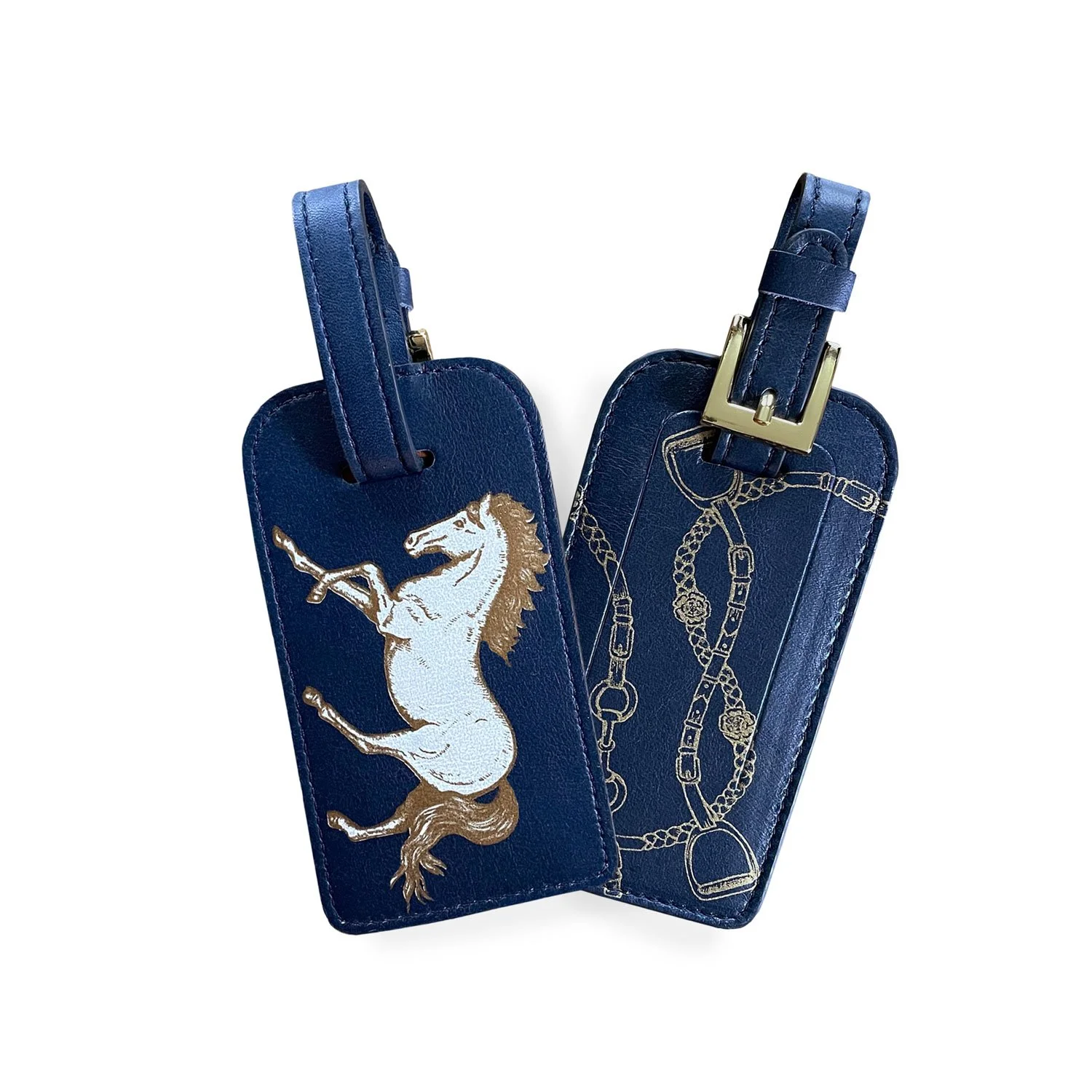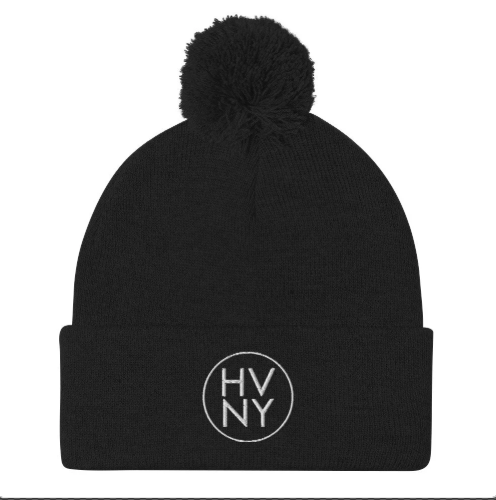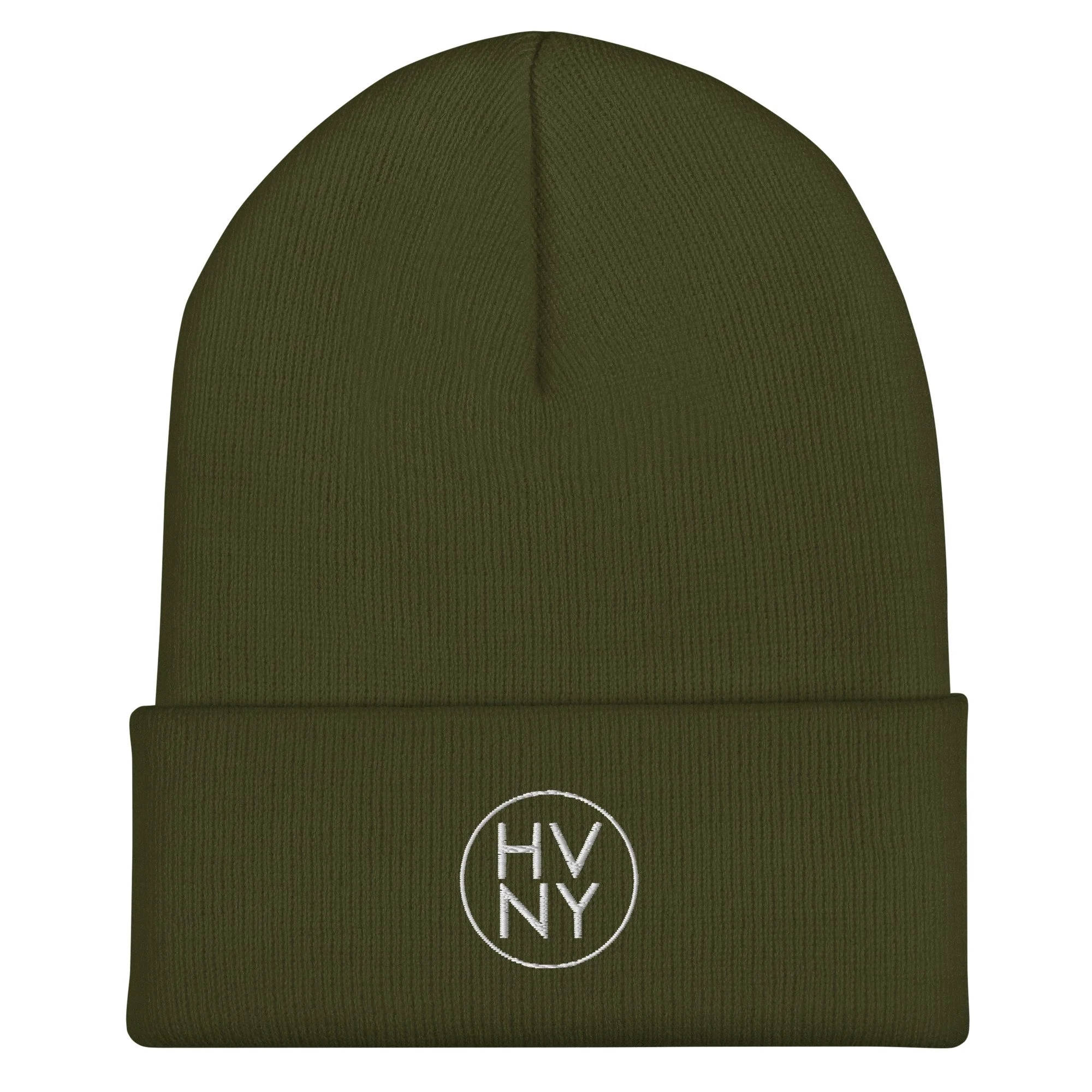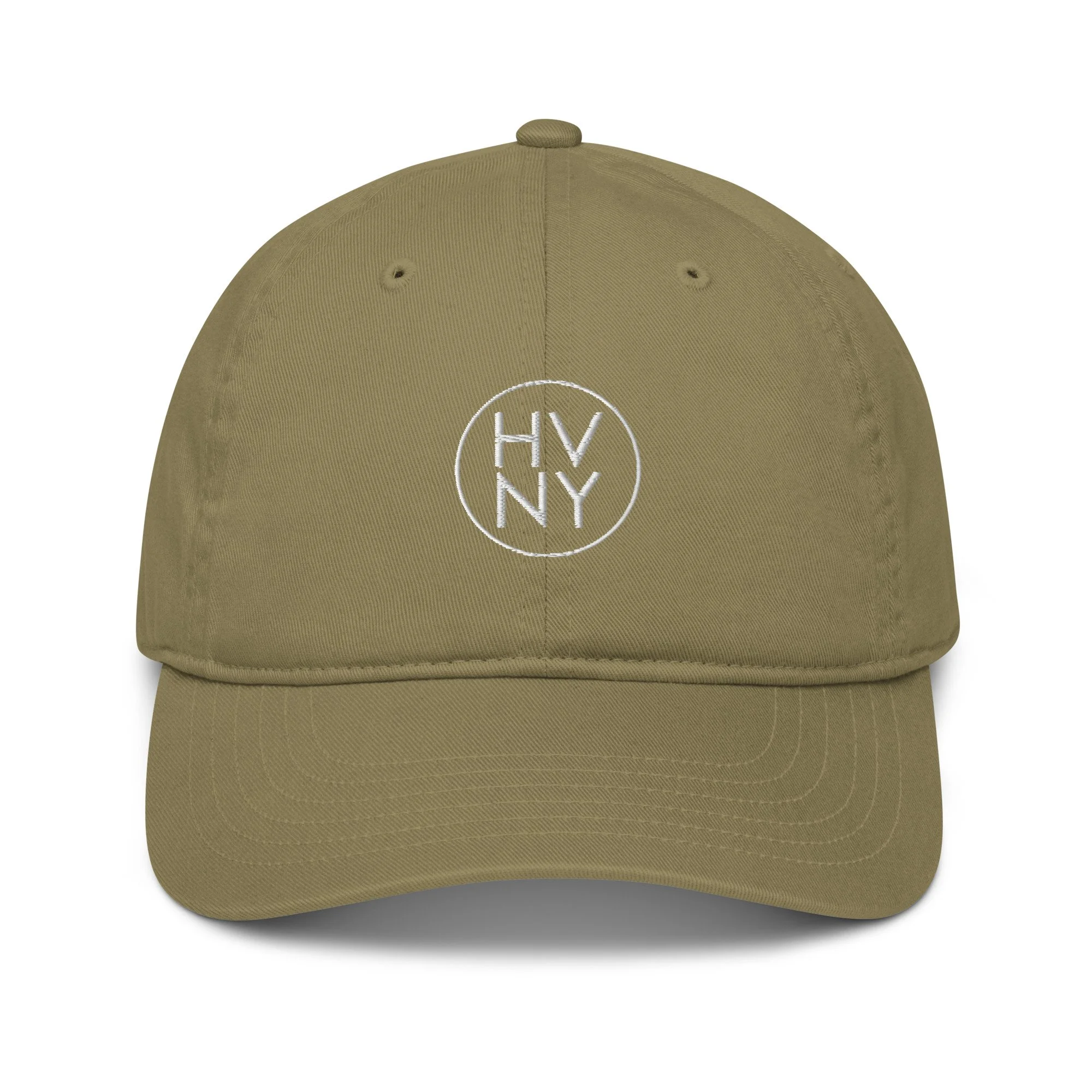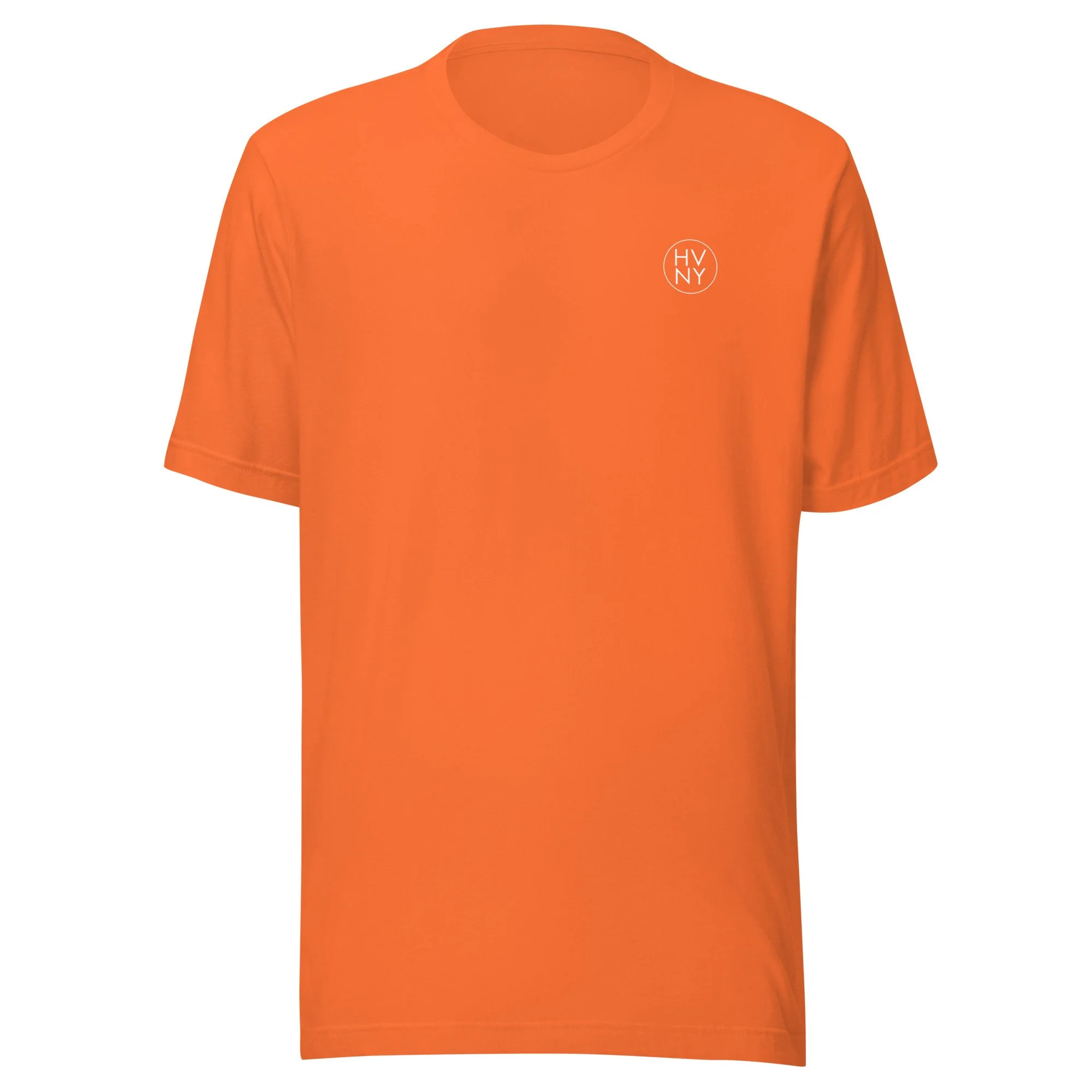PSA: If you see this bug, squish it
PSA: If you see this bug, squish it.
That is the official direction from New York State, the folks in charge of Central Park, and agencies throughout the region as this invasive species – the Spotted Lanternfly (SLF) – make their way around the East Coast.
The first infestation of SLFs – a native species of China, India and Vietnam – was reported in 2014 in Berks County, Pennsylvania in a wooded area full of Tree of Heaven (proper name: Ailanthus altissima), another invasive species in our neck of the woods. Since 2014, SLFs have since been found in New Jersey, Delaware, Maryland, Virginia, and New York. The first documented infestation in New York State was discovered on Staten Island in August of 2020.
Why is this bug a problem?
The Spotted Lanternfly gather in large groups and use their piercing-sucking mouthparts to feed on agricultural and forest crops, weakening plants and making them vulnerable to disease. SLFs feed on over 100 plant species including apples, grapes, hops, maples (with a preference for silver maples), and black walnut trees. Infestations could severely impact our local agriculture: In addition to the timber and newly-established hops industry, New York produces more than 30 million bushels of apples per year, and the harvest of state-grown grapes brings home around $52.8 million annually. NYS even has a quarantine in place to help stop the spread of the species by limiting the movement of brush, firewood, outdoor equipment and the sale of fruit-bearing trees from SLF-infested areas.
What does SLFs look like?
While named after flies, SLFs are categorized as planthoppers and look more like moths. First SLR instar nymphs, active May through July, are approximately 1/4-inch long and black with white spots. Fourth instar nymphs begin to turn a red color with white spots. Adult SLFs mature from July through the first frost, and measure around 1-inch at rest with black-spotted, pinkish-tan wings, and yellow abdomens with black stripes.
Signs of an infestation:
Sap oozing or weeping from tiny open wounds on tree trunks, which appears wet and may give off fermented odors.
One-inch-long egg masses that are brownish-gray, waxy and mud-like when new. Old egg masses are brown and scaly.
Massive honeydew build-up under plants, sometimes with black sooty mold.
If you see one:
Kill it by crushing or stepping on it. (Fear not: SLFs do not sting or bite. They feed exclusively on plants.)
Inspect outdoor items such as firewood, vehicles, and furniture for egg masses.
Destroy egg masses by scraping them into a bucket of hot, soapy water or a baggie/jar of hand sanitizer.
Using Tree of Heaven to manage SLFs?
If you kill the host, do you kill the invasive species? Many growers believe that if they cut down the Tree of Heaven (TOH), a prominent host of SLFs and a key to their reproduction, that they will eliminate the invasives from their property. However, researchers say, removing all TOH will force SLF to look for a new host, possibly a nearby vineyard, a potential detrimental economic and agricultural cost. In addition, cutting down TOH before effectively killing the tree will alternatively result in the production of numerous, aggressive-growing suckers.
Additional SLF resources:
Originally published August 30, 2022. Updated November 2025. This story originally appeared in the HVNY weekly newsletter, This week in the Hudson Valley. Sign-up to join the mailing list, it’s free.





